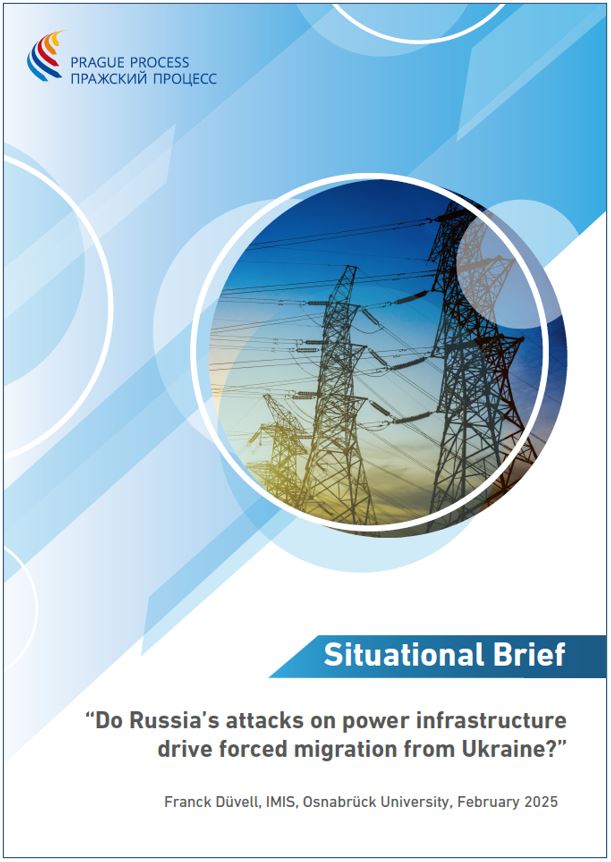By late December 2024, Russia had launched 13 major attacks on Ukraine’s critical infrastructure, notably power plants, heating plants and boiler stations, but also hospitals and schools. This continued into January 2025. As a consequence of such attacks, the Helmholtz Centre Berlin, among others, concludes that “many of the combined heat and power plants and cogeneration plants are damaged, and there isn’t enough electricity to go around, which means that control systems and pumps can temporarily shut down. As a result, poorly insulated homes, particularly in urban areas, have less heating. This leads to unacceptable conditions for residents – especially children, the elderly and the sick – and will drive more people to flee, even from areas not directly affected by the fighting”. The energy situation in Ukraine may seem dire at first glance, but a closer look reveals it is less severe than anticipated.
This brief assesses the state of Ukraine’s energy system, and its impact on the population, and discusses the potential for further forced migration to the EU.
For more information and key takeaways, check the full publication:
-> here in English and
-> here in Russian.
Our Repository contains the latest publications of the Migration Observatory and Training Academy of the Prague Process.
Subscribe to the Prague Process mailing list here in order to keep up to date with the latest developments outlined in our Quarterly Review.



